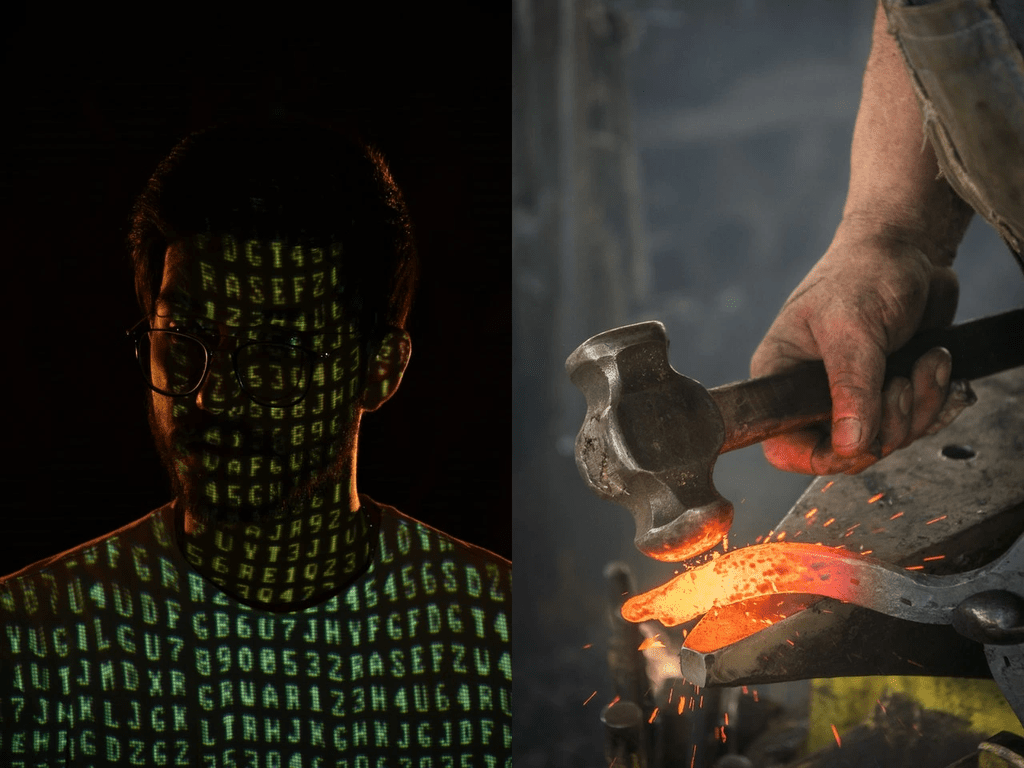Interoperability is all about data and power
Welcome
Welcome to Nonstop Interop and its first post! We’re excited to have you and to share our perspective on healthcare technology and the interoperability landscape.
I crossed the threshold into healthcare IT a decade ago, thinking I would stick with it for two or three years and then move on to greener pastures. As it turned out, the pastures in Verona, Wisconsin—and within the industry—proved to be more magnetic than planned.
I have a lot to be grateful for from the past decade—the wonderful people I’ve met, the cool places I’ve visited, the immense knowledge I’ve gained—and I hope Nonstop Interop is one way to offer the best portions to you. Thank you for making us a part of your world.
At the core
There is arguably no hotter topic in healthcare technology than interoperability. Numerous entities—from payers to technology companies to governments on multiple continents—are on a mission to make connected software and information networks ingrained into healthcare IT.
But interoperability is more than a buzzword. I wouldn’t characterize it as a trend either, because the word implies that its popularity and emphasis could wane in the future. To me, interoperability is a necessity, a rule of the road that is fundamental to 21st century healthcare.
Despite this, I admittedly catch myself sometimes questioning why interoperability is so important. Why does it matter if a technology startup with a new app can’t write recent vital signs into a patient’s electronic record? Which real-world problems actually arise when U.S. hospitals don’t provide pricing information in a machine-readable file as required by CMS?
Over time I’ve come to believe that interoperability’s value boils down to two key things: data and power. These two elements best capture the potential energy within interoperability, and they are fueling the explosion of integrations, standards, innovation, and regulation within our industry.
Data
Of these two core elements, the importance of data is more obvious in my mind. Data is the lifeblood of interoperability; the latter could not exist without the former. Imagine if a farmer tried to irrigate their fields while lacking any water. They could build all the pipes and connect all the pumps, but if there are no molecules of H2O to move from point A to point B, there's no irrigation.
Likewise, data is what gives interoperability a sense of worth. Organizations we work with at Ashavan often evaluate integration options in terms of the data points that they need to feed an algorithm or support a workflow. Acquiring a set of data means these organizations are acquiring knowledge that would otherwise be hidden from view and potentially underutilized, and that knowledge enables them to take meaningful action.
Power
This leads me to power. I’ve debated whether other factors such as money or transparency were more crucial, but in the end I feel power is the foundation upon which those stand. The siloed and independent nature of legacy health information systems meant that strength accumulated to those who held the most data, but interoperability diminishes that rule and provides a way for every stakeholder within healthcare IT to challenge the status quo.
With interoperability, technology companies of all sizes realize the power to create innovative products that could enable faster and higher quality experiences for users. Patients earn the power to participate in their own care and to ensure they can share their health information with whomever they want. Care coordinators and researchers gain the power to see the full breadth of a patient’s healthcare journey and better identify helpful interventions. The power at the heart of interoperability multiplies the potential within healthcare.
Wrapping up
Yes, interoperability is essential to modern healthcare. The ability to unlock data from repositories large and small empowers us to innovate and communicate more effectively, and while interoperability doesn’t guarantee better health outcomes for everyone, it does give us the power to move closer to that goal.
---
Photos by Amirhossein Azandarian Malayeri on Unsplash and J.MT Photography on Pexels




